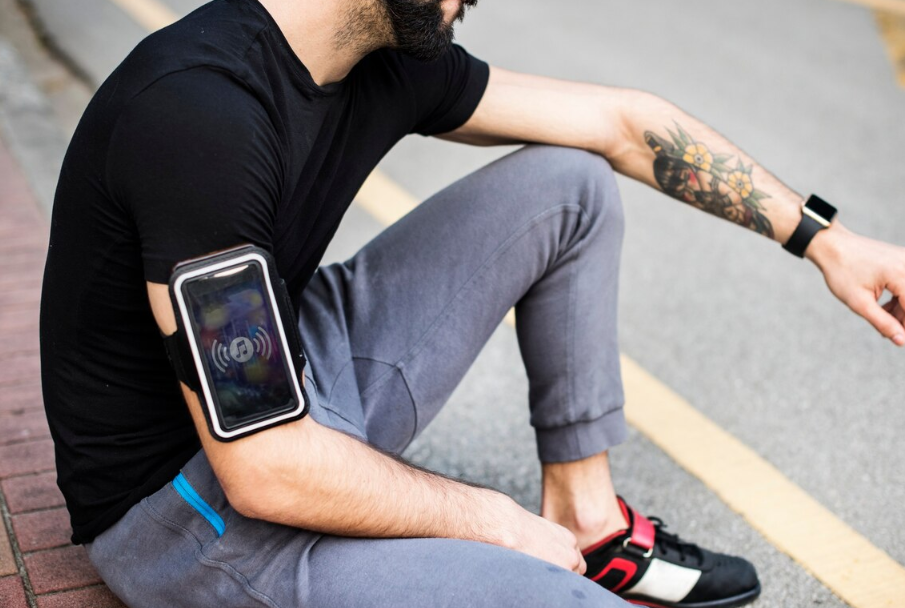As the global population ages, the demand for elder care services is rapidly increasing. In response to this growing need, robotics is stepping in as a revolutionary solution, offering the potential to improve the quality of life for seniors. From helping with daily tasks to providing companionship and monitoring health, robotics is poised to redefine how we care for the elderly.
The Aging Population and the Growing Need for Elder Care
The world is witnessing an unprecedented demographic shift. By 2050, it’s estimated that over 2 billion people worldwide will be aged 60 or older, with many living longer than previous generations. While longer life expectancy is a positive development, it also brings challenges, particularly for elder care.
- Physical health issues like mobility impairments and chronic conditions.
- Cognitive challenges such as dementia and Alzheimer’s disease.
- Social isolation, as many elderly individuals live alone.
Traditional elder care systems are already strained, making robotics an essential tool to meet these needs.
Types of Robotics in Elder Care
1. Assistive Robots
Assistive robots help seniors with daily tasks that may be physically challenging. These tasks can include:
- Mobility assistance: Robots like Robear, a robotic bear-shaped device, can help lift and transfer seniors with mobility issues, reducing the risk of injury for both the patient and the caregiver.
- Personal care: Robots can assist with dressing, bathing, and even feeding, improving independence for seniors with physical limitations.
By allowing seniors to maintain their independence and dignity, assistive robots can significantly enhance their quality of life.
2. Companion Robots
Loneliness is a serious issue among the elderly, with studies showing that social isolation can lead to various mental and physical health problems. Companion robots, like Paro (a therapeutic robot designed to look like a baby seal), provide emotional support, reduce feelings of loneliness, and even stimulate cognitive function.
- Interactive conversations can improve emotional well-being.
- Providing entertainment and companionship helps alleviate boredom.
These robots are designed to engage seniors with interactive features, such as voice recognition and memory exercises, providing both emotional and cognitive benefits.
3. Robotic Caregivers
In more advanced cases, robotic caregivers provide continuous monitoring and assistance. For example, robots can:
- Monitor health conditions such as heart rate, blood pressure, and blood sugar levels.
- Alert caregivers or medical professionals if any issues arise.
- Administer medications through automated systems, ensuring that seniors stay on track with their treatments.
These robots serve as an extra layer of security, ensuring that seniors are receiving the proper care while also giving families peace of mind.
4. Robotic Exoskeletons
For seniors with mobility impairments, robotic exoskeletons allow them to regain some independence. These wearable devices can help with walking, standing, and climbing stairs, improving both mobility and muscle strength.
- Rehabilitation and therapy: Exoskeletons can assist in recovery from injuries or strokes, aiding in the rehabilitation process.
By restoring mobility, exoskeletons enable seniors to stay active and engaged in life, enhancing their mental and physical well-being.
Benefits of Robotics in Elder Care
1. Increased Independence
Robots can help seniors live more independently by assisting with daily activities. This not only improves the elderly individual’s quality of life but also reduces the burden on family members and caregivers.
2. Reduced Caregiver Burnout
Caregivers, both professional and family members, often experience burnout due to the physical, emotional, and mental demands of elder care. Robotics can alleviate some of this pressure by taking over repetitive tasks and monitoring, allowing caregivers to focus on more personalized care.
3. Improved Health Monitoring
Robots can provide real-time health data, which can be used to detect early signs of health issues. This early detection can help prevent medical emergencies and improve the overall health outcomes for seniors.
4. Personalized Care
Robots can be customized to meet the specific needs of each senior, offering personalized care plans. For instance, some robots are equipped with AI that can adjust to the individual’s preferences, routines, and health conditions, providing tailored support.
Challenges and Considerations
Despite the many benefits, there are also challenges in integrating robotics into elder care:
- Cost: High-tech robotic systems can be expensive, making them less accessible to low-income families or healthcare facilities.
- Privacy concerns: With continuous monitoring comes the need to safeguard personal data and ensure that seniors’ privacy is respected.
- Acceptance: Some elderly individuals may be hesitant to accept robots into their lives, especially those who are not technologically savvy.
Ensuring that these robots are affordable, user-friendly, and ethical will be crucial to their widespread adoption.
The Future of Robotics in Elder Care
The future of elder care will undoubtedly be shaped by robotics. As technology continues to advance, robots will become more capable of performing complex tasks, interacting naturally with humans, and integrating into daily life. Some potential developments include:
- Improved AI: Robots will be able to better understand and predict the needs of seniors, making interactions more intuitive.
- Better mobility: Robots will offer even more advanced mobility solutions, including assistance with walking, cooking, and cleaning.
- Social robots: Enhanced companionship features that simulate human interactions could reduce loneliness and improve mental health in elderly populations.
Conclusion
Robotics in elder care holds the promise of enhancing the lives of seniors by providing support, improving independence, and offering companionship. While there are challenges to overcome, the potential benefits far outweigh the drawbacks. As technology advances, robotics will play an increasingly vital role in helping seniors live healthier, more fulfilling lives, while also easing the strain on caregivers and healthcare systems worldwide.


